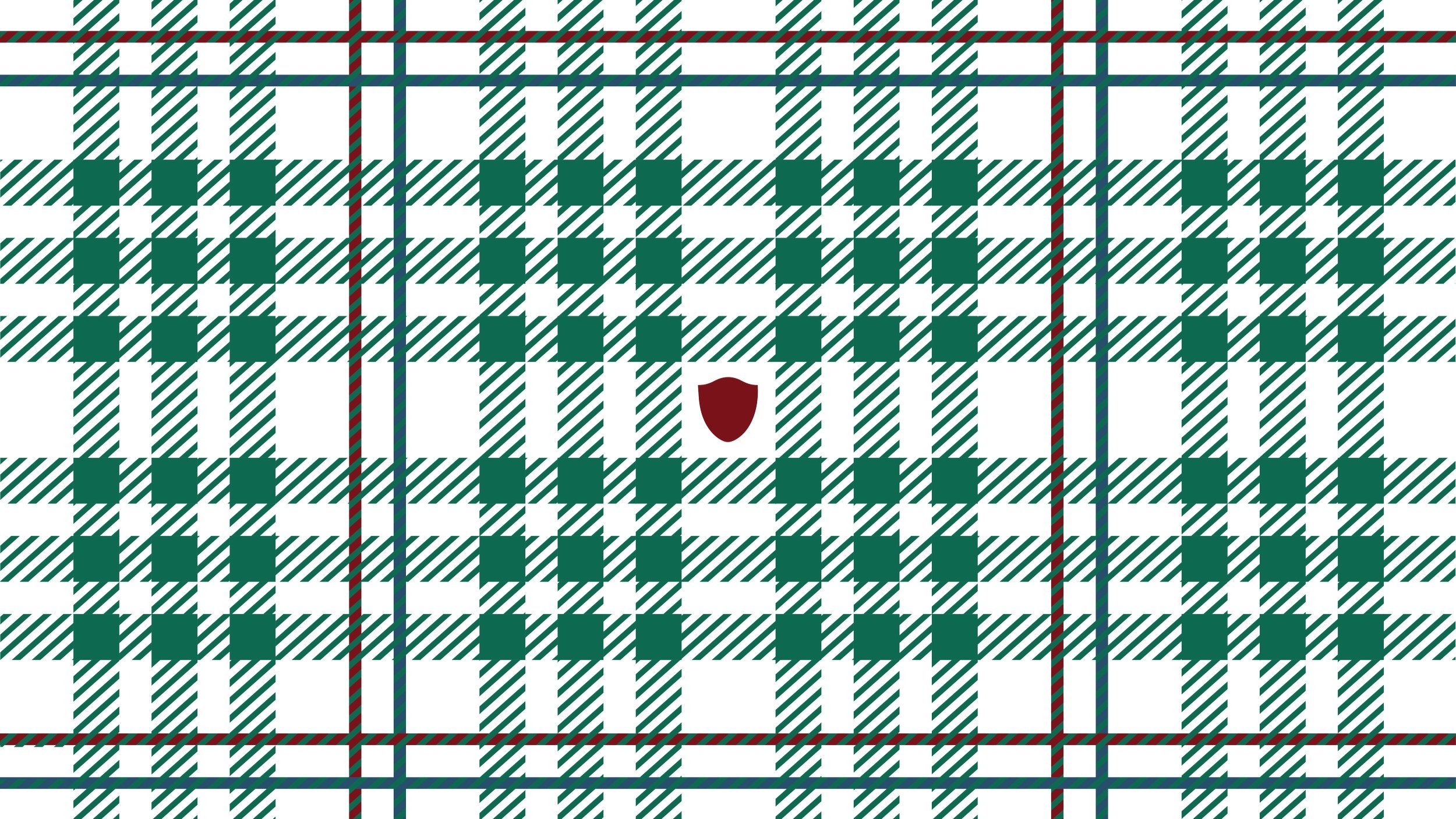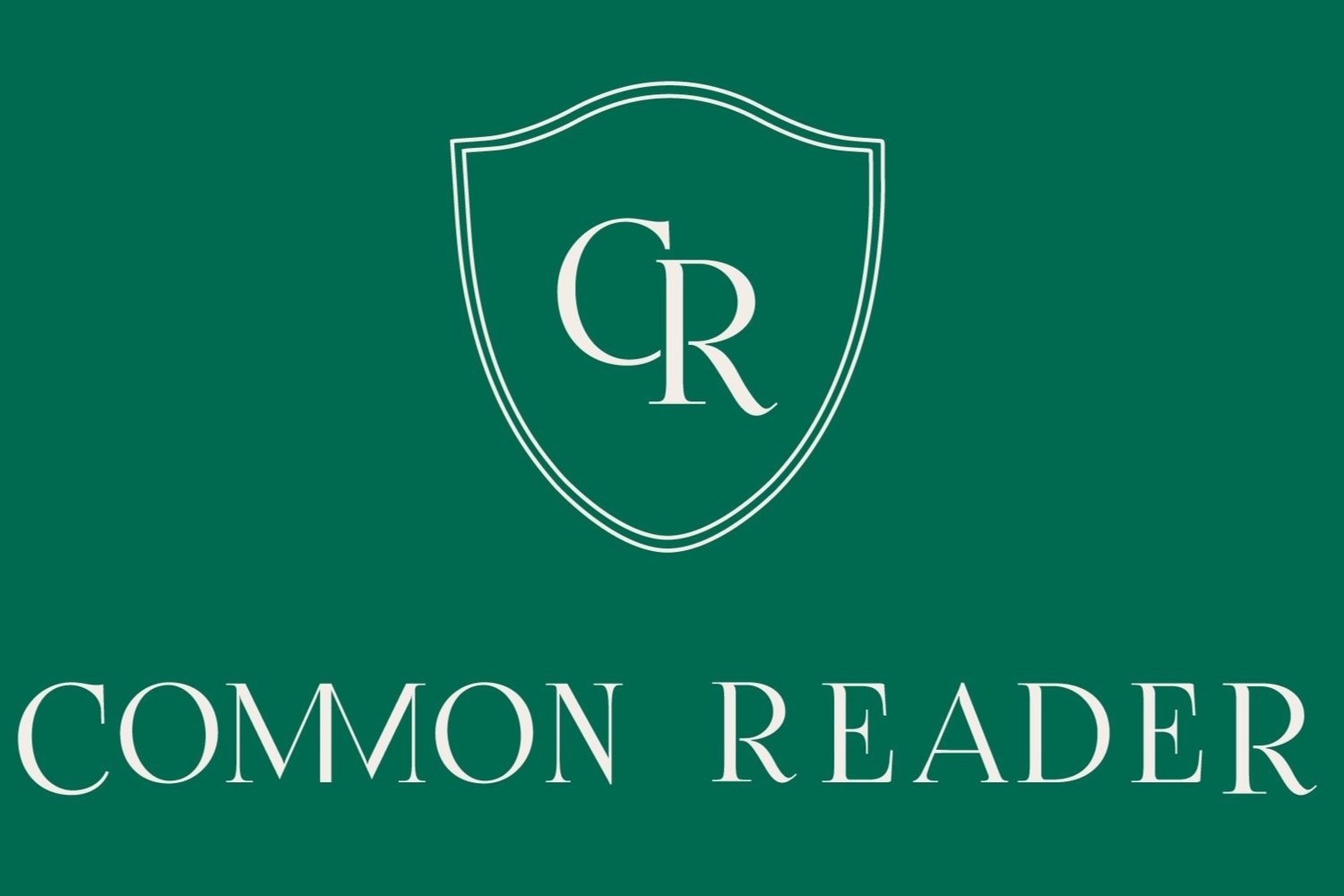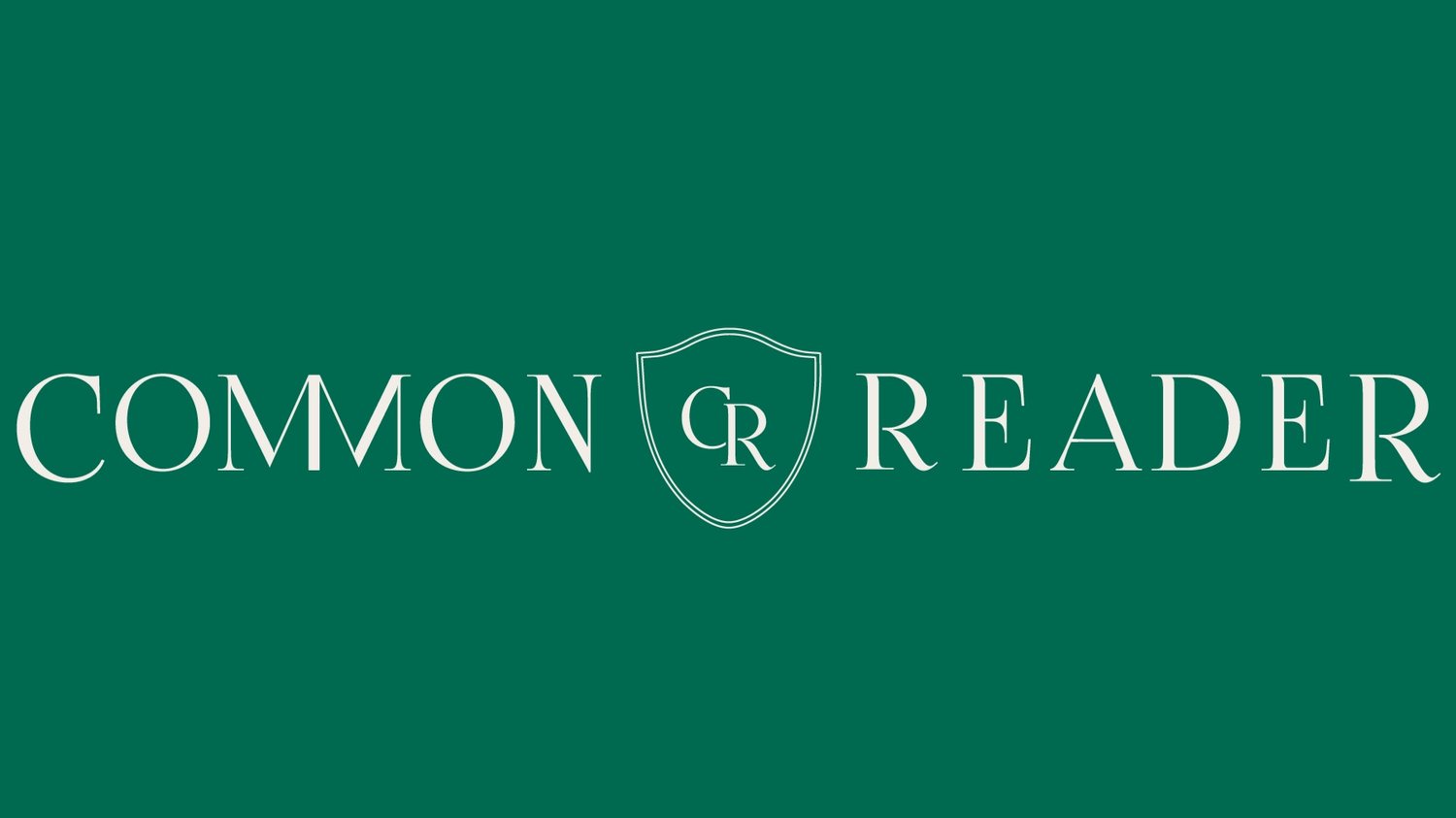
reading Jargon
Like many industries, education has a truck load of specific jargon. Words used by teachers but not anyone else! So explanations are needed, like; What is phonemic awareness? What is phonological awareness? How do I help my kiddo learn about onset and rime? Actually, what even is onset and rime…?
What does that actually mean?
Read On
〰️ we've got you 〰️
Read On 〰️ we've got you 〰️
JARGON Dictionary
-
The front & back end of words. It’s more complicated than this, but as a parent, simply noticing the way a word can be broken into parts will help your kiddo to decode unknown words.
-
The smallest sound blocks used to make the English spoken language. Phonemes can exist on their own or join to other phonemes to make words.
-
Knowing the which sounds are connected with which letter names or groups of letters. One of the most important areas to grasp in the beginning stages of learning to read. Watch the difference between the three PHs here.
-
A broad skill that includes identifying & playing with the blocks of spoken language. Think of it as a pre-reading step. It includes being able to rhyme, clap out syllables & match words starting with the same sound.
-
Words can be broken into ‘beats’ or clapped into parts. Now imagine yourself a beatboxer. Syllables are more easily found if you chop up a word by clapping the BEAT-BOX-ER. Or if clapping isn’t your thing, put your chin just above an imaginary microphone, say the word & count each time your chin hits the ‘mic’.
All reading journeys are different & the best you can do is focus on your kiddo’s growth.
When you’re in need of more pointers, Common Reader® has a collection of helpful parent resources via the Member Areas to lift you up & over those challenges.
“Engaged parents are the secret ingredient to boost student outcomes”
~ Kelly Chislett ~







